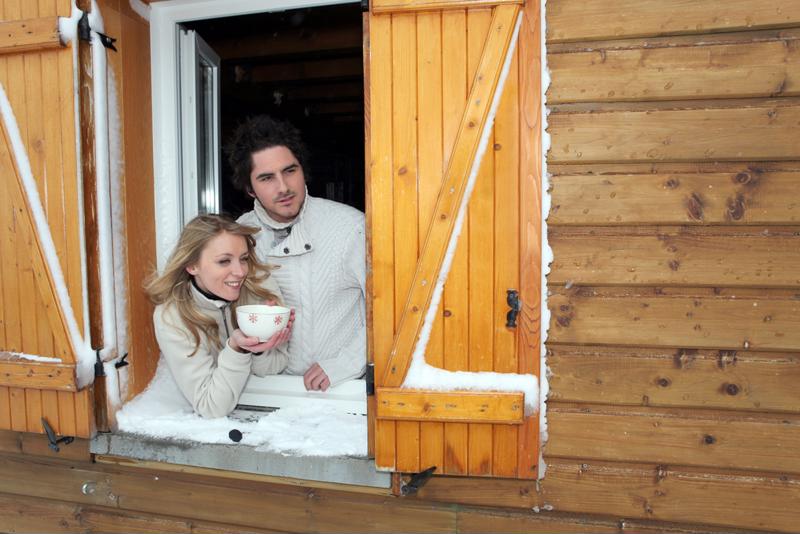Your lungs, body and duct work will thank you.
Rochester, NY’s Winter is heating season, and when we run the heat in our homes we tend to keep our windows and doors shut, to help keep the heat in and the cold out. (Makes sense.) But what we’re also keeping out is fresh air. No matter what season or time of year it is, it’s important to maintain a steady flow of fresh, quality air within your home. Closing up your home during the cold winter months might help to keep heat in and the chilly air out, but at least some ventilation is needed to remove that excess moisture that’s in the indoor air. Damp air may quickly turn moldy, which can be a nuisance for you, your home and your health. It’s easy to ventilate during the spring and summer – simply open a door or window and the clean, healthy air comes flowing into your home. So how do you properly ventilate during the winter?
When to Ventilate
Ventilating is important all year round. During the winter months, you should open your house at least once a day, no matter how bitterly cold it is outside. It doesn’t have to be for long, opening a window or door for even just a few minutes will create a cross-draught. The old, damp air will exit your home and fresh air will return. It’s also important to ventilate after you turn off your heating system. If you turn it off before leaving the house, or before going to bed, briefly open up a door or window to alleviate condensation. Lastly, if it’s possible to keep a window in your bedroom just slightly open overnight, the air circulating your room will be more comfortable.
 No matter how cold it is outside, it’s important to ventilate your home briefly each day.
No matter how cold it is outside, it’s important to ventilate your home briefly each day.
How to Ventilate
The most simple and effective way to ventilate your home is by opening up windows and doors. However, to reach areas of your home that are known for gathering moisture, such as your bathroom, basement and laundry room, it may be helpful to use a fan. These areas are hot spots for mold growth so it’s wise to use preventative measures instead of waiting to deal with the aftermath. They can be used in almost any room and work best when run before, during and after activities that create moisture such as a shower.
Alternatives
One way to prevent the condensation that can appear on your bathroom mirrors on cold winter mornings is to install ventilation systems in your home. Large window fans are a great way to dehumidify. Humidifiers in your living and bedroom also work well to promote a comfortable indoor air. If you choose to install large alternative systems in your home, it is best to call a professional Craftsman Home Remodeling.
Share this Post
